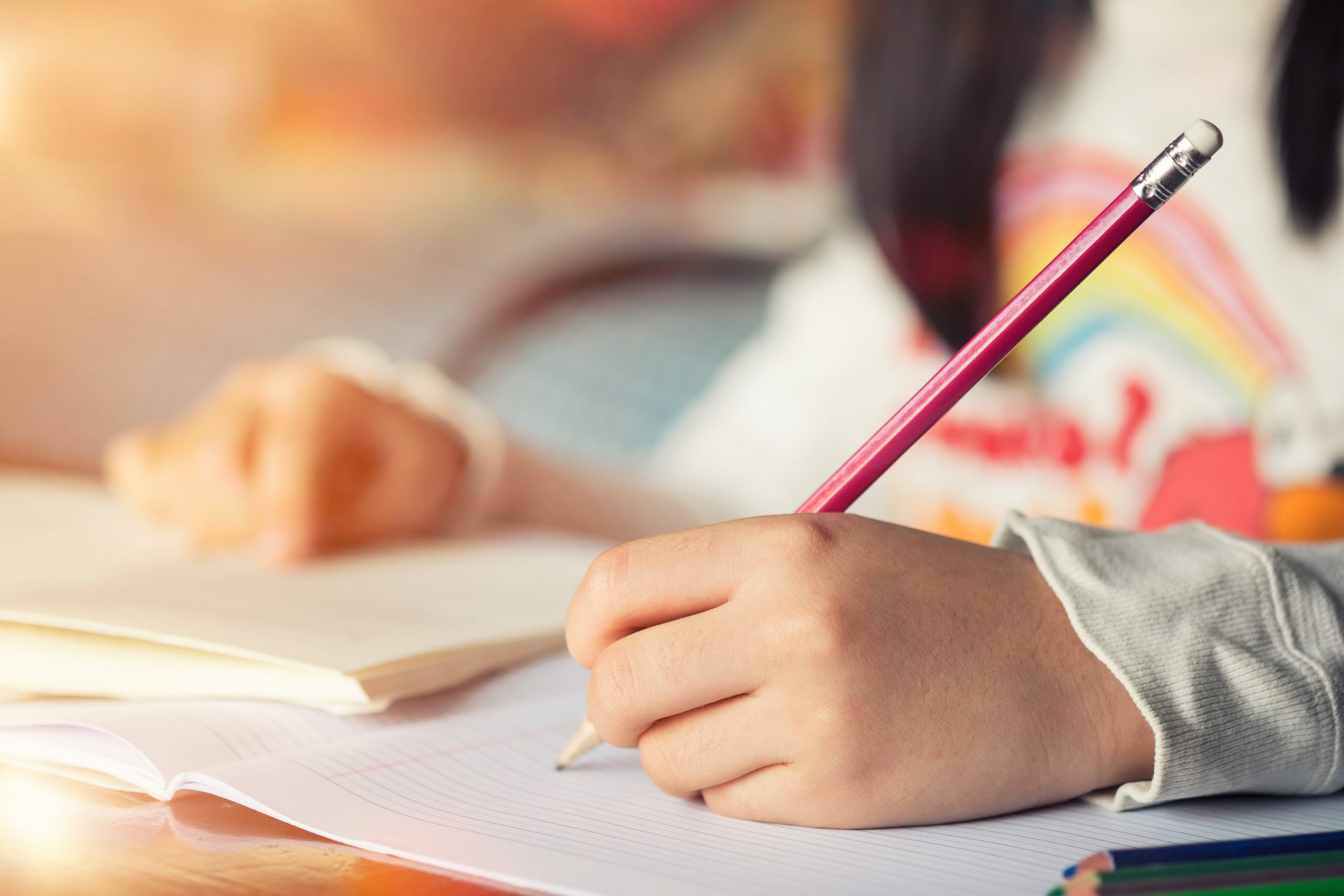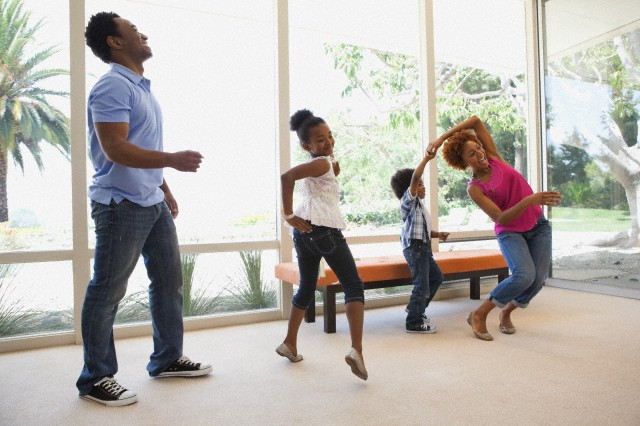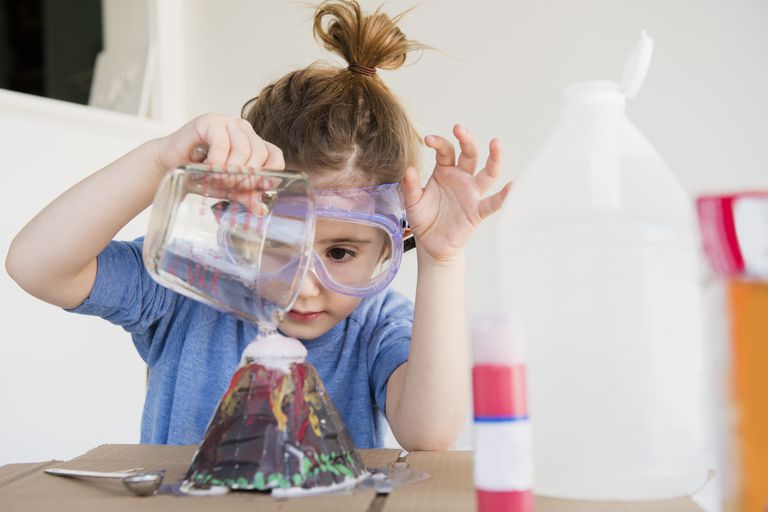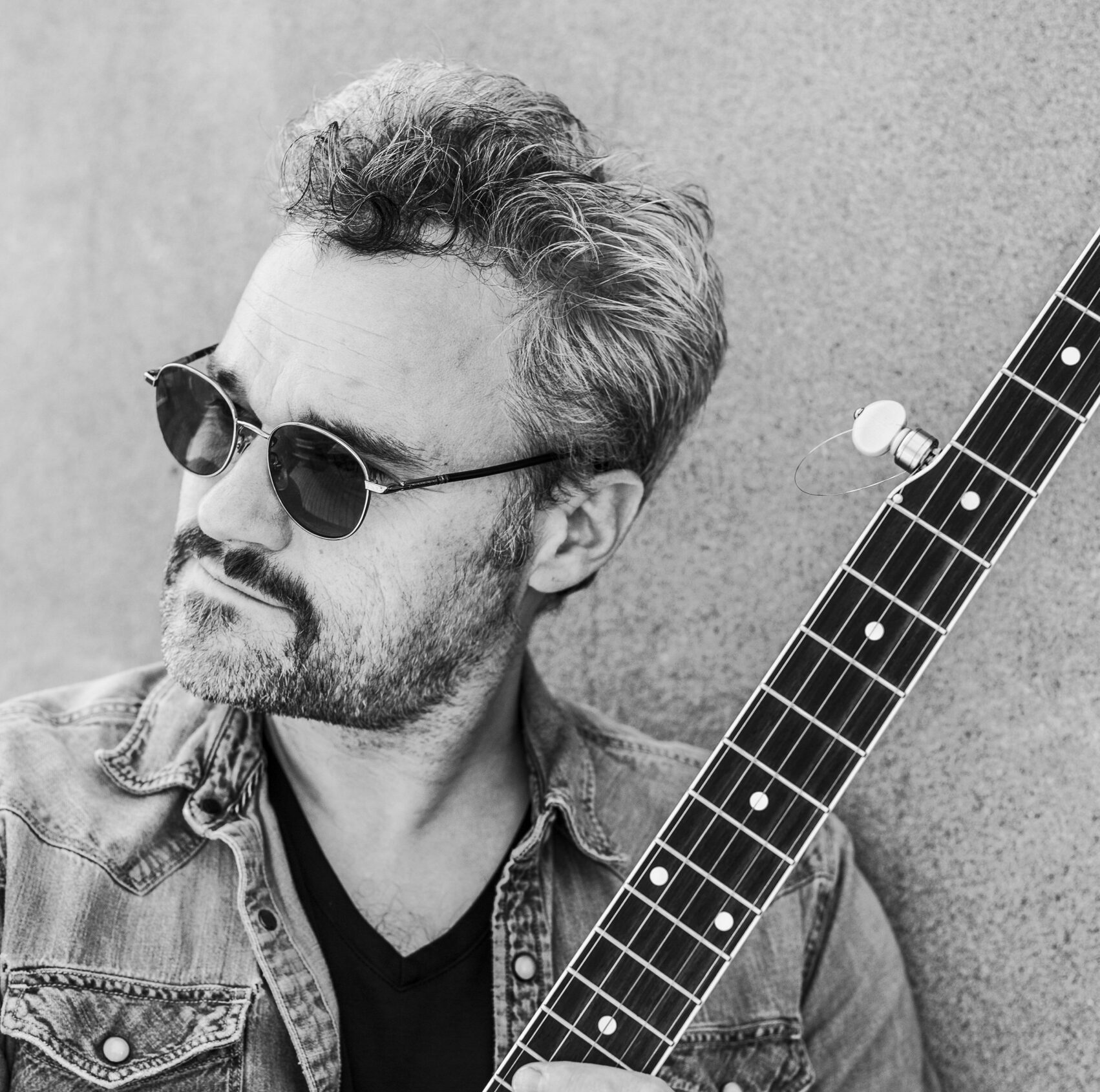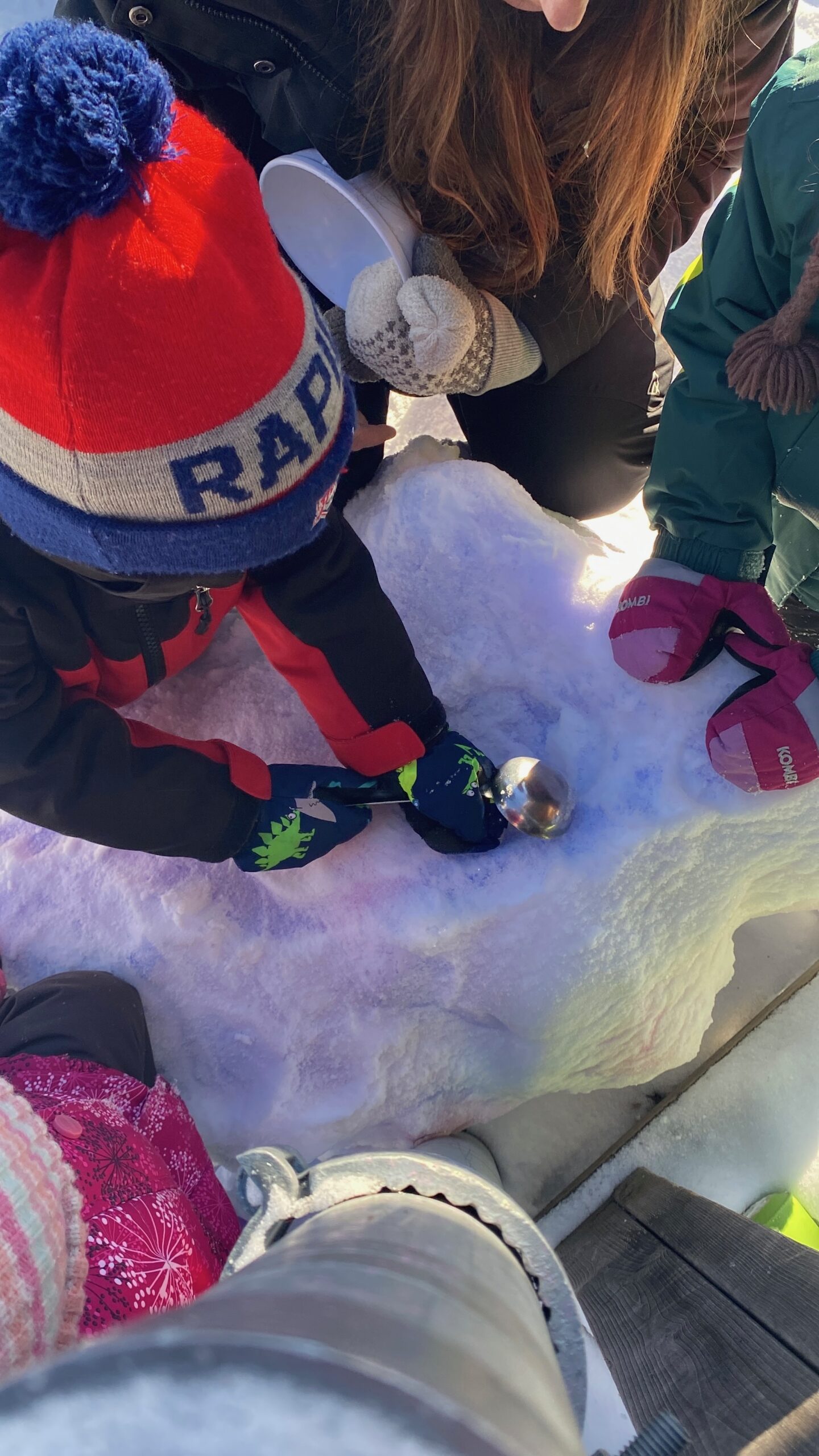Eruptions are fascinating natural phenomena. Though they are often destructive and dangerous, they are also beautiful and majestic, transforming the surrounding landscapes.
To understand how they work, we offer you an experience that recreates an effusive volcanic eruption, of a red volcano.
The experience is simple to carry out and quite impressive! We have even added an artistic tweak to it. Are you ready? Let’s go!

Step 1 : Preparation
You will need :
- White vinegar;
- Dish soap;
- Baking soda;
- Red food coloring (optional);
- A plastic bottle
- A decorative volcano.
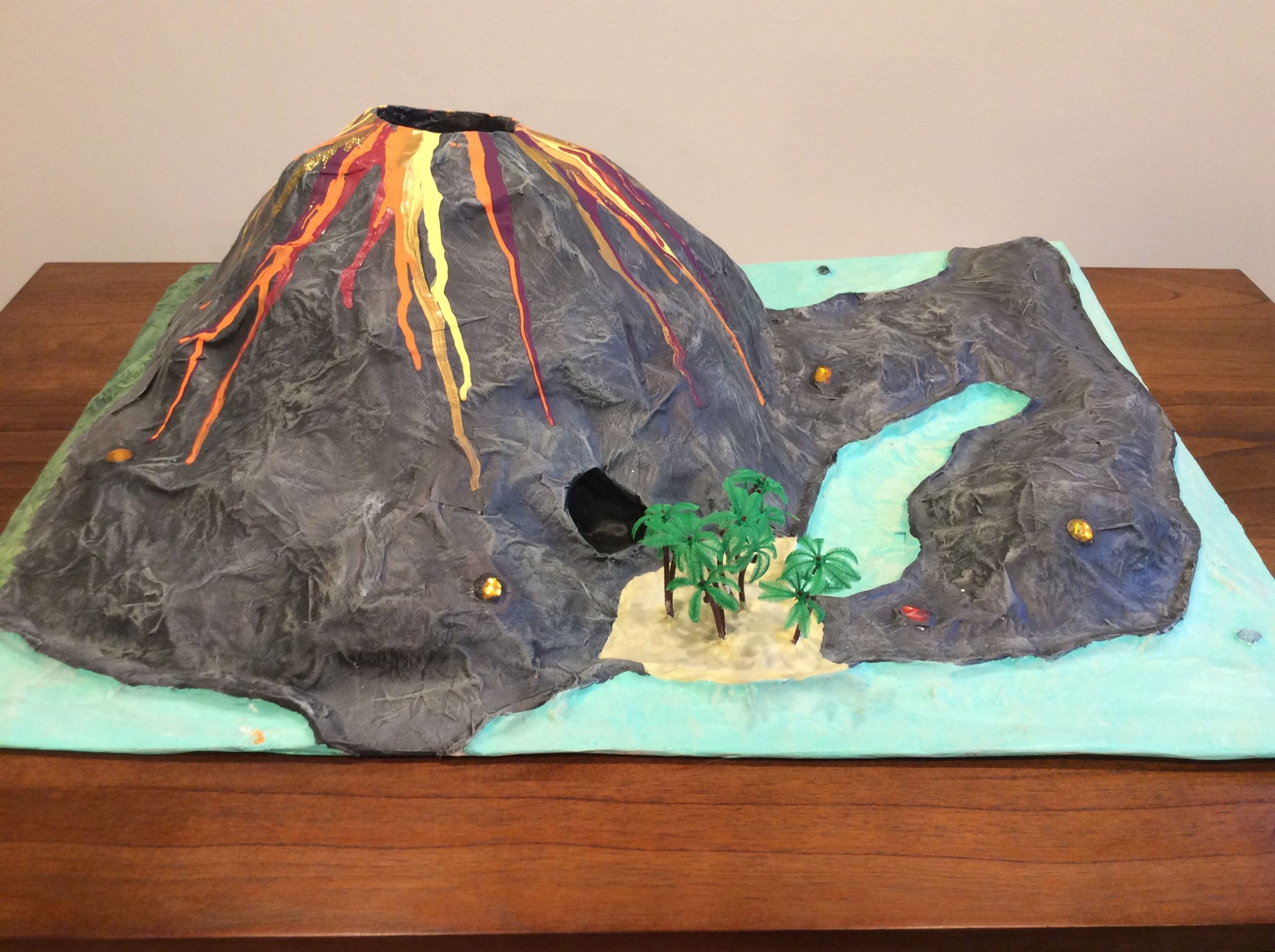
Step 2 : Creating your volcano
You must first create your volcano! Here you have carte blanche. You can decide to extend the activity by adding an artistic side by creating a realistic volcano with papier mache for example, or even in homemade play dough.
You can even paint it if you wish. Otherwise, you can build the mountain with earth or sand.
What is most important is to have a crater. For a more impressive eruption, use a bottle in the center of your volcano to make the crater.
The simplest and quickest version is to use a brown cardboard sheet cut into a cone shape and glued around the bottle.
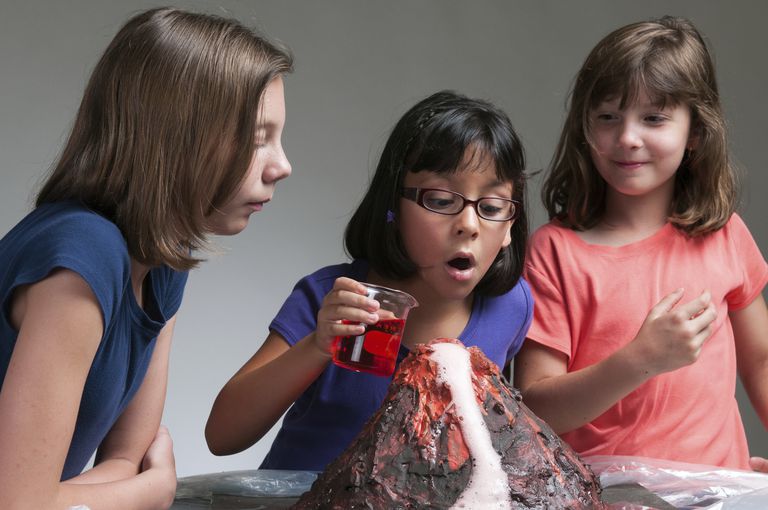
Step 3 : The eruption!
When your volcano is ready, it is time to trigger the eruption! Place your volcano on a large board to avoid a large mess.
Add 1 teaspoon of baking soda to the crater (bottle), along with a few drops of red food coloring. The more coloring, the redder the lava will be.
Then pour the equivalent of a glass of white vinegar into the crater (bottle), step aside and admire your homemade volcanic eruption!
Explication :
When the baking soda encounters the vinegar which is very acidic, a chemical reaction takes place and the two components create a gas called carbon dioxide (CO2). This produced gas takes up a lot of space in the bottle and so as pressure within the bottle increases quickly, the gas wants to escape! The gas ends up escaping from the top, forming small bubbles which carry part of the liquid with them.
During a real volcanic eruption, the magma which is composed of molten rock is also liquid. It is this magma which is then evacuated outside the volcano under the very strong pressure of volcanic gases.
There are two types of volcanic eruptions:
- Effusive eruptions, like the experiment you just performed, which are relatively calm eruptions. They do not produce an explosion but the lava flows are very abundant. Volcanoes with effusive eruptions are called red volcanoes (eg Hawaii volcanoes, Piton de la Fournaise, Etna, etc.).
- Explosive eruptions are much more spectacular. They are very dangerous because they are unpredictable. These eruptions do not form a lava flow. On the other hand, they are accompanied by strong explosions which produce a large amount of ash. These ashes generate fiery clouds and volcanic plumes. Volcanoes with explosive eruptions are called gray volcanoes (eg Pinatubo, Krakatoa, Mayon, Merapi…).

Diary
In today’s diary, kids can document the day’s activity. For example, by drawing the volcanic eruption, imagining a story with a real volcano, or describing the volcano that you created. The possibilities are limitless!
Here are a few questions that might fuel a discussion surrounding this activity :
- What was most impressive with this experiment?
- Were you impressed by the eruption?
- Can you think of other experiments that we can try next time?
Did you know...
- … If an underwater volcano erupts, lava can build up to create an island that rises out of the sea? Following numerous underwater eruptions, the amount of magma (cooled in contact with water) accumulates and will form a volcanic island. The vast majority of volcanoes on Earth (and in particular red volcanoes) are found at the bottom of the oceans, at the level of the ocean ridges.
- … There are thousands of volcanoes on Earth. Some are “extinct”, such as Puy-de-Dôme, in the Massif Central in France. Others are active, either permanently, like Etna in Italy, or intermittently, like Vesuvius in Italy (they are then considered asleep).
For more information on volcanoes, the french show C’est pas sorcier spécial sur les volcans explains the phenomenon very well so children can understand!
To take things further, repeat the experiment with a variety of different colors of food coloring, mix, and observe!
Activity by Ari Bouclette

